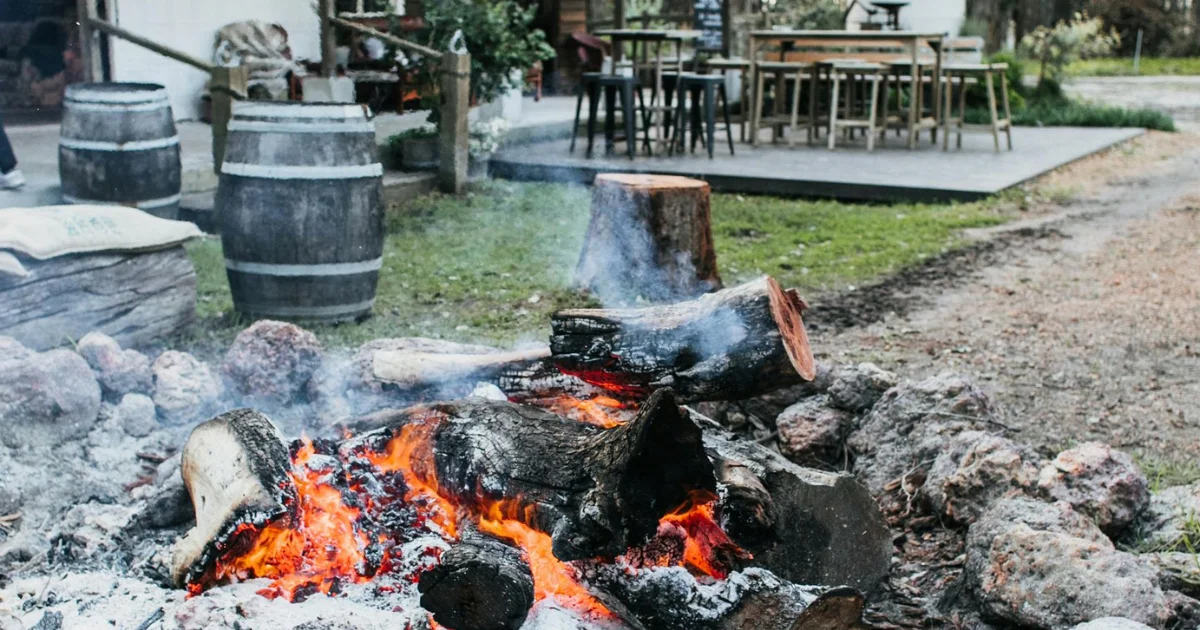Table of Contents
ToggleHow Trees Fight Heat
Trees are nature’s superheroes when it comes to fighting heat. From shading our cities to influencing global weather patterns, they play a critical role in regulating temperatures and combating the effects of climate change. In this article, we’ll explore the mechanisms through which trees reduce heat and why they are essential for a sustainable future.
Providing Shade to Reduce Heat
One of the simplest ways trees fight heat is by providing shade. Tree canopies block sunlight, reducing the amount of heat absorbed by surfaces like roads, buildings, and soil.
Urban Cooling: In cities, trees help mitigate the “urban heat island effect,” where concrete and asphalt retain heat, making urban areas significantly warmer than rural ones. Streets lined with trees can be up to 10°F cooler than those without.
Lowering Energy Use: Shade from trees can lower indoor temperatures, reducing the need for air conditioning and saving energy.
Cooling the Air Through Evapotranspiration
Trees release water vapor into the atmosphere through a process called evapotranspiration. This process cools the surrounding air, much like how sweating cools the human body.
Temperature Drop: A single tree can cool the air around it by as much as 2°F to 9°F.
Humidity Balance: While cooling the air, trees also add moisture to the atmosphere, balancing humidity levels.
Absorbing Carbon Dioxide
Trees absorb carbon dioxide (CO₂), one of the main greenhouse gases responsible for trapping heat in the atmosphere. By removing CO₂ through photosynthesis, trees help slow down global warming.
Carbon Storage: Trees store carbon in their trunks, branches, and roots, acting as long-term carbon sinks.
Global Impact: Forests collectively absorb about 7.6 billion metric tons of CO₂ annually, making them a crucial tool in climate regulation.
Reducing Heat-Retaining Surfaces
In areas with dense vegetation, the presence of trees reduces the amount of heat-retaining surfaces exposed to sunlight. Grass, soil, and tree bark absorb less heat than materials like concrete and asphalt.
Natural Insulators: Trees act as natural insulators, maintaining cooler ground temperatures.
Regulating Local and Global Weather
Trees influence weather patterns by releasing water vapor and contributing to cloud formation. Clouds reflect sunlight back into space, reducing the amount of heat that reaches the Earth’s surface.
Rain Creation: Large forests, such as the Amazon, generate their own rain cycles, creating a cooling effect over vast regions.
Temperature Stability: Forests stabilize temperatures, preventing extreme heatwaves.
Blocking Hot Winds
Rows of trees can act as natural windbreaks, reducing the intensity of hot, dry winds. This effect is particularly beneficial in arid regions, where trees prevent soil from drying out and overheating.
Why Trees Are Essential for Urban Areas
Urban areas face unique challenges with rising temperatures due to dense infrastructure. Trees offer several additional benefits for cities:
Air Purification: Trees filter pollutants from the air, improving overall air quality.
Noise Reduction: Tree-lined streets reduce noise pollution, creating calmer, cooler environments.
Enhanced Well-being: Green spaces with trees promote mental health and reduce stress.
The Importance of Planting More Trees
Deforestation and urbanization have reduced the global tree cover, making it urgent to plant more trees. Restoring forests and expanding green spaces can help reverse some of the heat-related effects of climate change.
Reforestation Efforts: Replanting trees in deforested areas restores natural cooling systems.
Urban Forestry: Introducing trees in cities can reduce local temperatures and improve quality of life.
How You Can Help
Fighting heat through trees starts with individual and collective action. Here’s how you can contribute:
Plant Trees: Participate in tree-planting programs in your community.
Protect Existing Trees: Advocate against unnecessary tree cutting and support conservation initiatives.
Support Reforestation Projects: Donate to organizations working to restore forests worldwide.
Educate Others: Spread awareness about the benefits of trees in cooling and combating climate change.
Relevant post: An Impressive Trees Fighting Global Warming in 2024
Other Relevant: Planting trees in the Arctic could make global warming
Conclusion
Trees are among the most effective natural solutions for fighting heat. By providing shade, cooling the air, absorbing carbon dioxide, and regulating weather, they play a pivotal role in maintaining a livable planet.
Protecting and planting trees is a simple yet powerful way to combat the challenges of rising global temperatures. Together, we can harness the cooling power of trees to create a healthier, cooler world for future generations.




